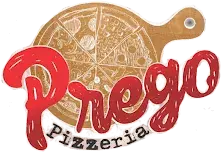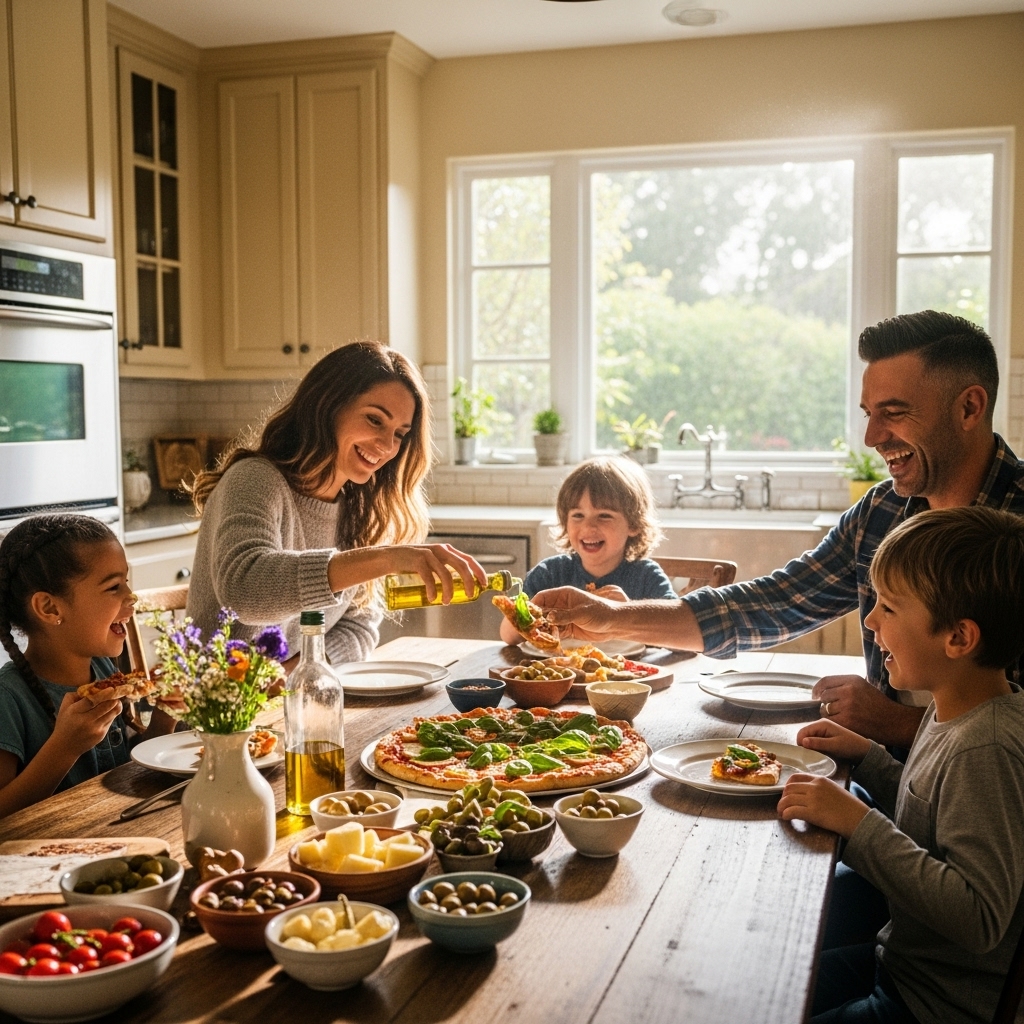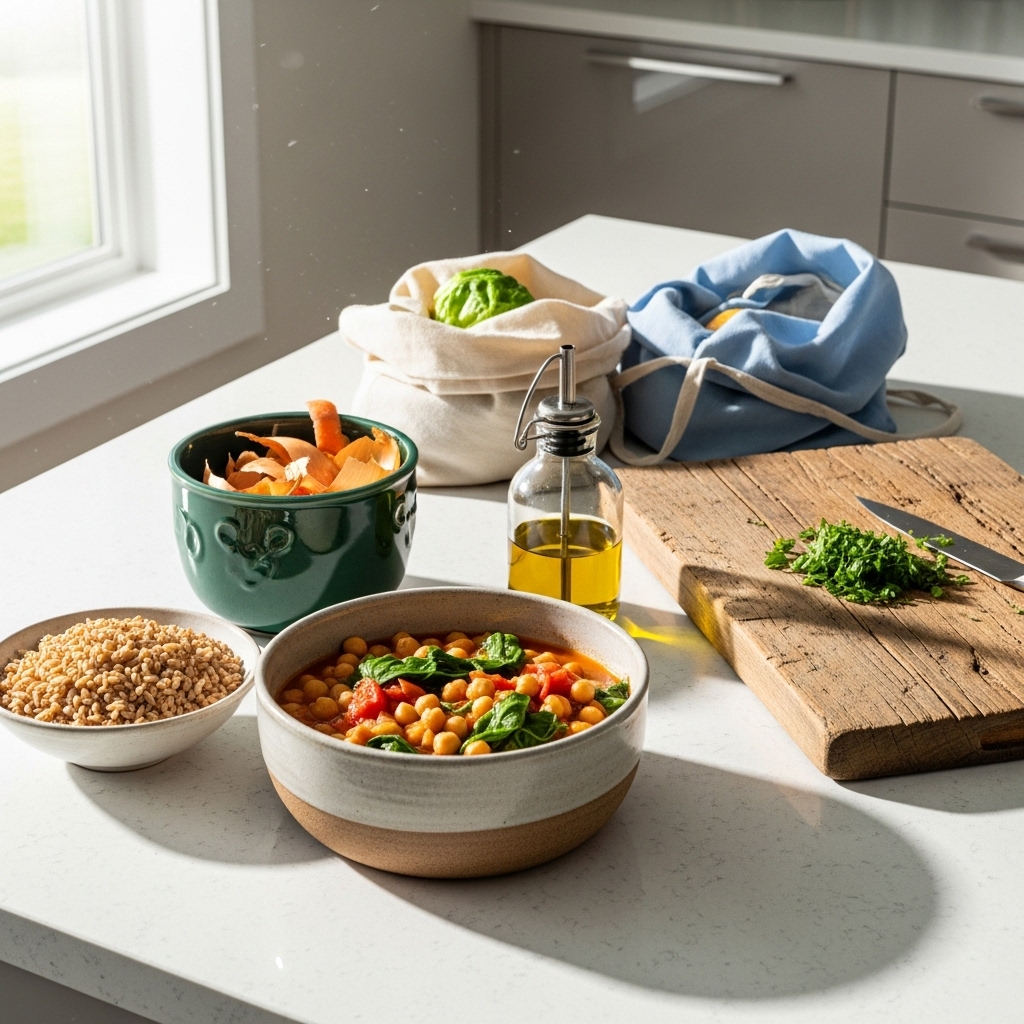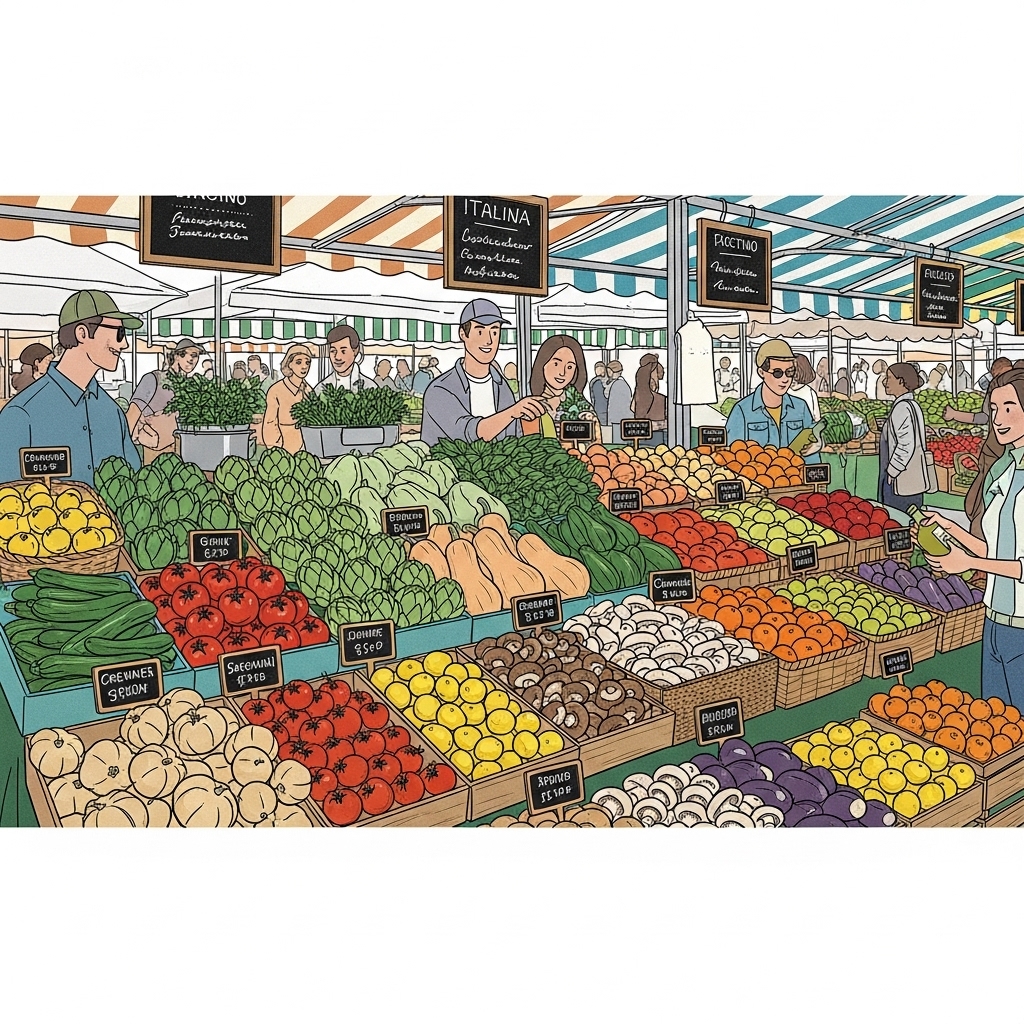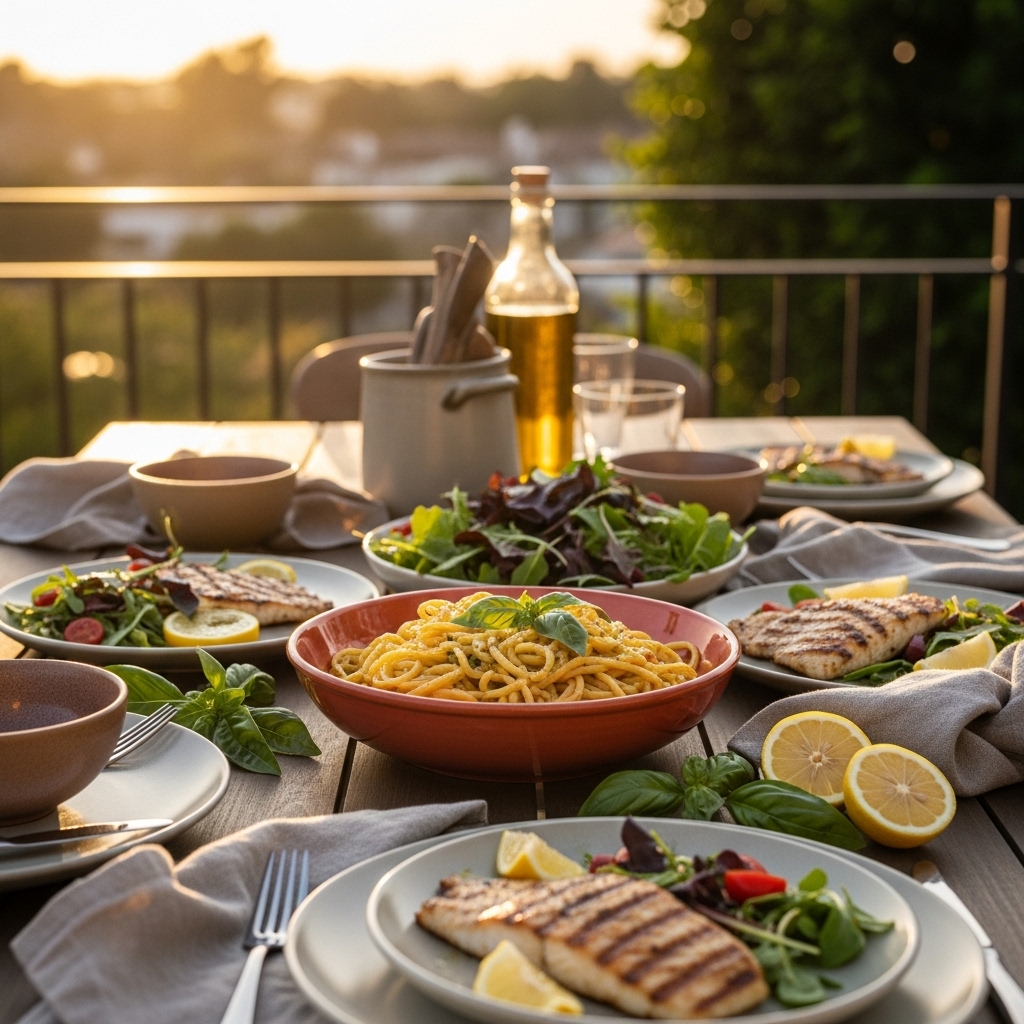In Encino, family life has its own cadence. Mornings are a sprint to school drop-offs and the 101, afternoons are a flurry of practices at Encino Park or meetups near the Sepulveda Basin, and evenings are a chance to finally exhale together. In a neighborhood where togetherness is the heartbeat, Italian cuisine feels like a natural language of home. From a simple bowl of pasta to a shared pizza with just-picked basil, the food invites conversation, laughter, and the kind of unhurried connection that strengthens families. It’s why so many of us keep turning to Italian food when we want dinner to be both effortless and meaningful.
More than any trend, the reason Italian food matters here is its generosity. A pot of tomato sauce simmering on a Sunday, a plate of roasted vegetables drizzled with olive oil, a salad vivid with citrus—these are dishes that satisfy picky kids, health-conscious parents, and grandparents who know a thing or two about tradition. The flavors are friendly, the seasonality makes sense in our California climate, and the recipes are adaptable to the realities of busy schedules. We don’t have to choose between nourishment and ease when the answer can be a single, family-style table.
The family table as a sanctuary
Ask around Encino and you’ll hear similar stories. On weeknights, the family table becomes a sanctuary. Phones go face down, everyone takes a breath, and the food does the rest. Italian meals lend themselves to this ritual. Courses can be as simple as a salad first, a pasta or risotto second, and fruit to finish. This rhythm encourages us to slow down enough to check in with each other. Parents learn what’s on tomorrow’s test; kids learn what it means to be present for one another. It’s the kind of habit that turns a house into a home.
The design of Italian cuisine supports this experience. Fresh herbs, bright tomatoes, and olive oil create flavor without heaviness. Portion sizes can be adjusted without drama—split a pasta and follow with grilled chicken or fish, or make vegetables the star and let protein play a supporting role. Every family can shape the meal to their preferences, which reduces friction at the table and keeps the focus on connection.
Tradition that flexes with Encino schedules
Modern families juggle a lot. Between homework, extracurriculars, and late commutes across the Valley, we need dinners that are forgiving. Italian food rises to the occasion, offering make-ahead sauces and dishes that improve as leftovers. Tomato sauces deepen overnight, soups taste better on day two, and roasted vegetables can be repurposed into pasta or sandwiches. This flexibility reduces the nightly stress of decision-making and helps families keep a steady rhythm even when the calendar is relentless.
There’s also comfort in a familiar repertoire. A few reliable dishes—spaghetti with olive oil and garlic, chicken with lemon and capers, a vegetable-forward pizza—can serve as anchors when the week feels chaotic. When everyone knows they’ll find something they like, dinnertime becomes a stabilizing force rather than a wildcard. For families in Encino who often scatter during the day, that stability is a quiet gift.
Teaching values through cooking
Cooking together is one of the easiest ways to pass down values. Italian recipes, with their emphasis on simple techniques and seasonal ingredients, make great teaching tools. Kids can help tear basil, grate a little Parmesan, rinse greens, or shape meatballs. They learn patience as dough rises and confidence as they taste and adjust. They also learn thrift by transforming odds and ends—yesterday’s roasted vegetables or the last handful of cherry tomatoes—into something new. In Encino, where families bridge generations and cultures, this shared kitchen time builds a common language that lasts.
Even if weeknights are too tight for a full cooking lesson, weekend rituals can do the trick. A Saturday lunch prepared together, a Sunday sauce simmering while the house bustles, or a quick weekday salad assembled before practice—these habits instill respect for ingredients and gratitude for the hands that prepare a meal. Over time, children internalize not just recipes but the mindset that food is care.
Health without rigidity
Many Encino families want to eat well without turning dinner into a project. Italian food’s Mediterranean backbone fits perfectly. Meals emphasize vegetables, whole grains, legumes, fish, olive oil, and fresh herbs. This alignment supports heart health, steady energy, and happy digestion, but it never feels prescriptive. Instead of strict rules, there’s a sensibility: balance the plate, celebrate plants, and let flavor lead.
Parents often tell me how easily they can tweak Italian meals to accommodate different needs. A child avoiding dairy? Choose dishes that lean on olive oil, tomatoes, and herbs. Someone gluten-sensitive? Try polenta, risotto, or a naturally gluten-free seafood stew. Vegetarian night? Showcase eggplant, mushrooms, chickpeas, and greens. This adaptability keeps everyone included at the table, which strengthens bonds and lowers nightly stress.
Encino’s seasons and the Italian pantry
Our neighborhood’s proximity to farms and markets makes seasonality feel intuitive. Spring brings peas and artichokes that enliven risottos and salads. Summer floods us with tomatoes, basil, zucchini, and stone fruit. Fall leans into mushrooms and squash, while winter brightens everything with citrus. Italian cooking is designed to ride these waves. The pantry is modest—olive oil, canned tomatoes, garlic, onions, dried pasta, and a few grains—and the vegetables do the heavy lifting. When food tastes like the season, kids become more adventurous, and parents find joy in the variety.
Shopping together can also be an adventure. Weekend strolls through markets become mini field trips: tasting a new olive oil, picking the sweetest tomatoes, choosing herbs by scent. These outings connect kids to place and season, and they anchor the week with small moments that feel big in memory. When those ingredients land in simple Italian dishes, families taste not just dinner, but Encino itself.
Celebrations, big and small
Italian food has a knack for turning everyday moments into celebrations. A birthday dinner doesn’t need an elaborate menu; a special dessert and a favorite pasta can make the evening shine. After a soccer victory, a shared pizza with extra vegetables and a crisp salad hits the spot. On a quiet Tuesday, a bowl of minestrone and warm bread can feel like a hug. These small feasts punctuate the week and remind us to notice the good stuff.
For bigger gatherings—grandparents visiting, milestone moments, long-overdue reunions—family-style service brings everyone into the conversation. Passing plates, comparing favorites, and telling stories over shared dishes reinforce a sense of belonging. In a community as neighborly as Encino, where school events and local fundraisers often blend into weekend plans, Italian menus make hospitality easy and natural.
Affordance without fuss
Another reason Italian food matters to families is its straightforward approach. Recipes are rarely fussy, which keeps stress low on weeknights. Boil water, sauté aromatics, toss in seasonal produce, and finish with herbs and lemon—that’s the blueprint. When time is short, thoughtful shortcuts help: a jar of high-quality tomato passata, pre-washed greens, or a batch of cooked beans in the fridge can turn a 30-minute window into a full meal. And when there’s truly no time to cook, Encino’s Italian spots offer dishes that carry the same spirit of balance and welcome.
Consistency is key for busy families. Knowing there’s a reliable pathway to dinner—whether at home or from a trusted neighborhood kitchen—reduces decision fatigue. Parents can focus on conversation and connection rather than logistics, which is the point of the family table in the first place.
Belonging and cultural roots
Italian food resonates across cultures because it’s built on universal values: generosity, seasonality, patience, and the belief that food tastes better when shared. In Encino’s mosaic of backgrounds, these values find instant home. Whether you grew up with Sunday sauce or are discovering it through neighbors, the feeling is the same. The table becomes an open door. That feeling of belonging is particularly powerful for kids, who learn that home is a place where flavors and stories from many traditions can coexist.
Food is also a teacher of place. When we cook with local vegetables or choose dishes that reflect the weather—lighter pastas in summer, slow braises when the Santa Ana winds cool the evenings—we tune ourselves to Encino’s subtle seasons. Over time, families develop their own rituals, and those rituals weave into the neighborhood’s rhythm.
Practical tips from the neighborhood
Many Encino parents share strategies that make weeknight Italian meals easy. They keep a few sauces and broths in the freezer; they roast extra vegetables on Sunday to repurpose midweek; they involve kids in choosing a vegetable and a herb for each dinner. They lean on salads to balance richer dishes, and they remember that fruit makes a perfectly elegant dessert. None of this requires chef-level skill—just a willingness to let good ingredients speak and to make the table a priority.
Dining out can follow the same logic. Start with a salad or vegetable antipasto, share a pasta, and lean into grilled fish or chicken. Choose pizzas with abundant vegetables, and consider finishing with fresh greens tossed on top after baking. These small choices keep meals satisfying and light enough that no one crashes before homework is done.
The middle-of-the-week lifeline
There’s always that night—practice ran long, the freeway stalled, and everyone’s hungry at once. Those are the moments when the neighborhood’s Italian kitchens feel like lifelines. A menu centered on balanced, vegetable-forward takes on Italian food lets you hand off the cooking without handing over your values. The flavors stay bright, the portions make sense, and the meal lands on your table ready to gather around.
What matters most is the atmosphere that follows. Plates passed, updates shared, a little laughter over a messy bowl of noodles—these are the threads that hold a week together. When dinner supports connection, it does more than feed a body. It nourishes a family.
FAQ
Q: How does Italian food help families eat together more often? A: The cuisine’s simplicity, adaptability, and crowd-pleasing flavors reduce stress and make it easier to prioritize a shared table, even on busy nights.
Q: Can Italian meals be healthy for kids? A: Absolutely. With plenty of vegetables, whole grains, beans, and lean proteins, Italian dishes can be both nutritious and appealing to younger palates.
Q: How can we accommodate different dietary needs at one meal? A: Italian menus are flexible. Offer a vegetable-forward main with optional add-ons like cheese or grilled chicken, and include naturally gluten-free sides such as polenta or risotto.
Q: What’s a good weeknight strategy? A: Keep a few staples on hand—dried pasta, olive oil, canned tomatoes, garlic, beans—and rely on seasonal vegetables for variety. A salad, a simple pasta, and fruit can be dinner in 30 minutes.
Q: How do we keep dinner interesting all year? A: Follow the seasons. Spring peas, summer tomatoes and basil, fall mushrooms and squash, and winter citrus keep flavors fresh and meals exciting.
Q: Is pizza family-friendly and balanced? A: Yes, when you choose a thin crust, plenty of vegetables, and moderate cheese. Add fresh greens after baking for brightness and balance.
Q: What about leftovers? A: Italian dishes often improve the next day. Sauces deepen in flavor, soups meld, and roasted vegetables become easy building blocks for quick meals.
Q: How can we make mealtimes calmer? A: Establish simple rituals—set the table together, start with a small salad, and take a moment to share something good from the day. The structure invites presence.
If your week could use fewer logistics and more connection, make tonight the night you gather around a meal that brings everyone to the same page. Choose bright, seasonal dishes and let the conversation run its course while the sun sets over the Valley. When cooking at home isn’t in the cards, lean on a neighborhood kitchen that cooks with the same values you do. Bring that feeling to your table now with thoughtfully prepared Italian food that tastes like Encino: warm, generous, and always ready to welcome you home.
